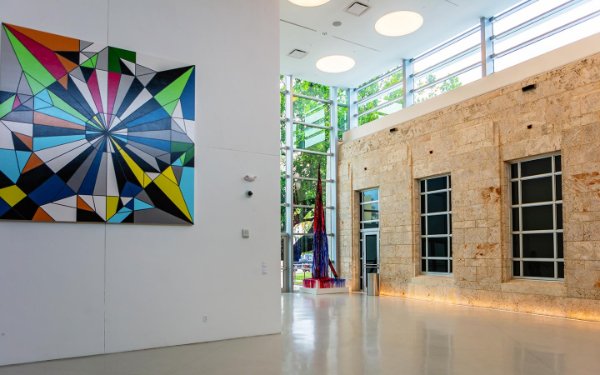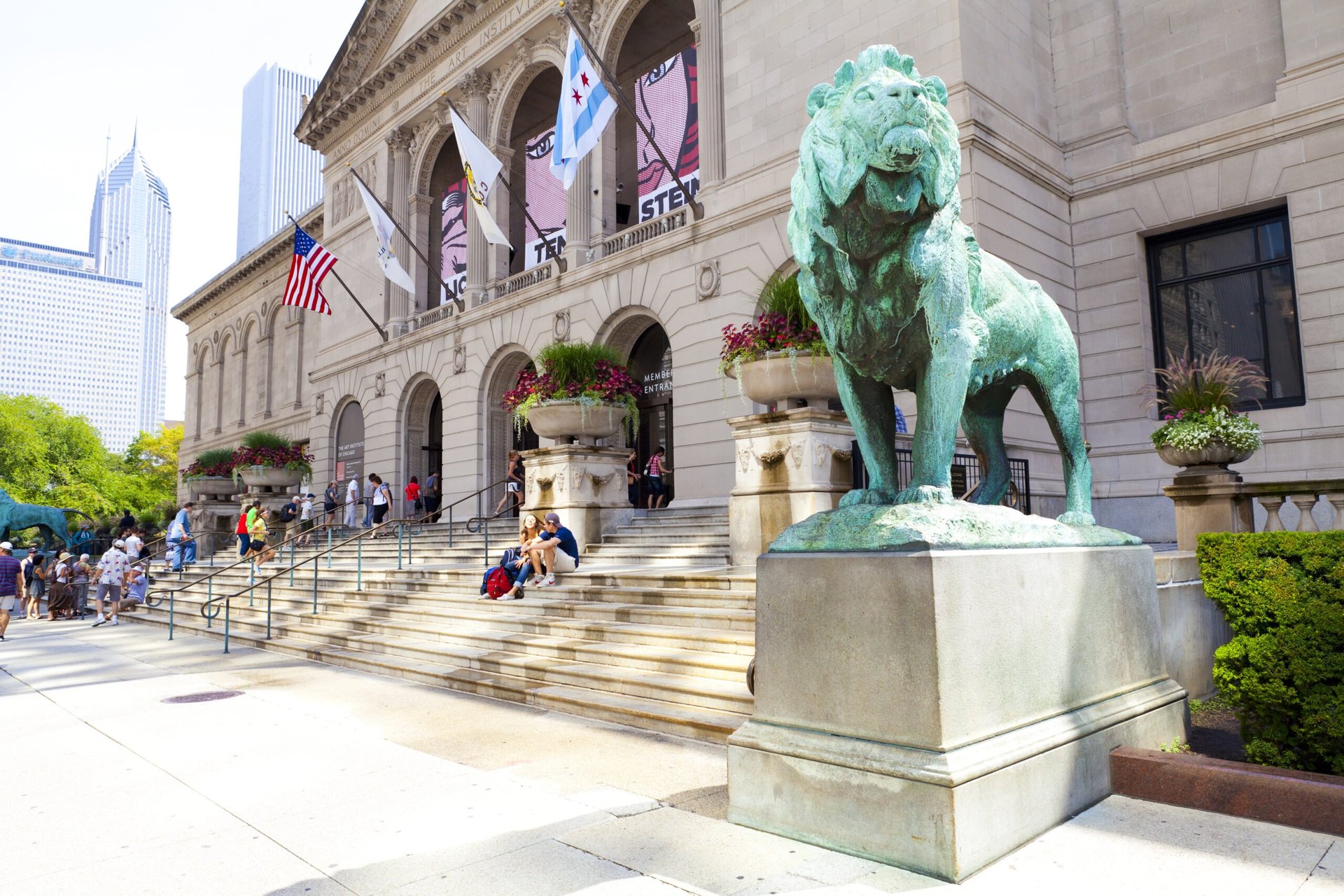
Introduction
Definition of Free Museums
Free museums are public institutions that allow visitors to explore art, history, and culture without an admission fee. They often aim to foster community engagement and accessibility, offering exhibitions, programs, and workshops that encourage visitors of all backgrounds to enjoy cultural experiences without financial barriers.
Significance of Cultural Experiences
Cultural experiences , such as visiting free museums, play a crucial role in personal development and community cohesion. These visits can:
- Enhance knowledge and appreciation of diverse cultures
- Stimulate creativity and critical thinking
- Foster social connections and conversations among visitors
For many, a free museum visit is not just about viewing artwork but about creating lasting memories and deepening one’s understanding of the world.
Evolution of Museums
Historical Perspective
The concept of museums dates back to ancient civilizations, where artifacts and treasures were displayed for emperors or the elite. Over time, these institutions evolved into public spaces. For instance:
- Ancient Greece: Temples housed religious artifacts.
- Renaissance: Cabinets of curiosities showcased art and natural wonders.
These early forms laid the groundwork for today’s galleries, transforming from exclusive collections to public educational spaces.
Transition to Free Admission
The shift towards free museum admission has gained momentum over the past few decades. Recognizing the societal value of culture, many institutions began eliminating admission fees. This change promotes:
- Wider access: Allowing everyone, regardless of income, to experience the arts.
- Community outreach: Engaging local populations and enhancing cultural literacy.
For example, many cities implemented free museum days, not only boosting foot traffic but also enabling families to explore culture together without worrying about cost. This transition reflects a broader commitment to inclusive cultural engagement.
Advantages of Free Museums
Increased Accessibility
One of the most significant benefits of free museums is the increased accessibility they offer. Without the burden of admission fees, individuals and families can visit these cultural institutions more frequently. This accessibility opens up opportunities for:
- School field trips: Allowing students to engage with history or art directly.
- Low-income families: Offering chances to explore educational resources without financial strain.
For instance, a local free museum initiated community days, inviting families who might not otherwise visit, creating an inclusive learning environment.
Diverse Visitor Demographics
The elimination of admission fees also leads to a more diverse visitor demographic. This diversity can transform museums into vibrant community hubs where individuals from different backgrounds come together, including:
- Students and educators seeking educational resources.
- Tourists interested in authentic local culture.
- Local residents enjoying regular outings with friends or family.
This blend of visitors enriches the cultural conversation, fostering connections between people who may have differing perspectives but share a love for learning. For example, spontaneous discussions sparked by a shared interest in a particular exhibit can lead to lasting friendships and community bonds.
Funding Models
Government Support
To sustain their operations, many free museums rely heavily on government support. This financial backing can come from local, state, or federal levels and is crucial for covering operational costs and facilitating educational programs. Government funding offers:
- Grants for special exhibitions.
- Subsidies to maintain accessibility for all.
- Community initiatives aimed at fostering cultural awareness.
For instance, a city’s cultural grant may enable a museum to showcase underrepresented artists, enriching the community’s artistic landscape.
Corporate Sponsorships
Corporate sponsorships also play a pivotal role in the funding ecosystem of free museums. Businesses often recognize the value of aligning with cultural institutions, leading to partnerships that benefit both sides. These sponsorships can provide:
- Financial resources for new exhibits or community programs.
- Marketing opportunities that enhance brand visibility.
- Employee engagement avenues through volunteer events.
A local museum might partner with a technology firm, hosting a tech-focused exhibition that reflects both the museum’s mission and the company’s interests. This collaboration not only supports the museum’s initiatives but also bolsters community involvement, creating a win-win scenario.
Impact on Cultural Engagement
Community Involvement
The presence of free museums significantly enhances community involvement. These cultural hubs encourage local residents to engage in various ways, fostering a sense of belonging. For example:
- Volunteer programs offer opportunities for residents to contribute their time and skills.
- Community events create spaces for networking and collaboration.
A neighborhood art walk can transform a dull Saturday into a celebration of local talent, strengthening ties among residents and artists alike.
Educational Initiatives
Free museums are also powerful catalysts for educational initiatives, serving as invaluable resources for learners of all ages. These institutions often offer:
- Workshops designed for students, families, and adults.
- Exhibitions tailored to school curricula, enriching classroom learning.
- Lecture series featuring experts that encourage community dialogue on relevant topics.
For instance, a museum might partner with local schools to provide hands-on learning experiences, inspiring the next generation to explore art and history. These initiatives not only broaden educational horizons but also create a culture of lifelong learning, benefiting both individuals and the community as a whole.
Challenges and Solutions
Financial Sustainability
Despite the myriad benefits, free museums face significant challenges, particularly regarding financial sustainability. With no admission fees, securing consistent funding becomes imperative. To address this issue, institutions are:
- Diversifying funding sources: Seeking grants, government support, and fundraising events.
- Creating membership programs: Offering exclusive perks to incentivize donations.
For instance, a museum might host a gala dinner that not only raises funds but also engages the community in a meaningful way.
Balancing Accessibility and Revenue
Another challenge lies in balancing accessibility with the need for revenue. Museums strive to make culture available to everyone while also ensuring they have the funds necessary to operate. Solutions include:
- Donor drives that emphasize the importance of keeping museums free, appealing to philanthropists.
- Corporate partnerships that provide funding in exchange for sponsorship recognition without compromising the accessibility mission.
A successful case might involve a museum hosting a free admission day sponsored by a local business, allowing visitors to enjoy the exhibits while the business gains exposure. This collaboration can create financial stability while maintaining the core value of access for all.
Case Studies
Examples of Successful Free Museums
Many museums worldwide successfully implement the free admission model, showcasing its viability. Notable examples include:
- The Smithsonian Institution (USA): Offering numerous museums in Washington, D.C., all free of charge, the Smithsonian attracts millions of visitors each year, enriching public knowledge.
- The Tate Modern (UK): This iconic art museum provides free access to its permanent collections, leading to diverse visitor demographics and extensive community engagement.
These cases highlight how free museums can thrive while enriching local and tourist communities alike.
Lessons Learned
The experiences of successful free museums offer valuable lessons for others aiming to adopt this model. Key takeaways include:
- Engage the community: Building relationships with local residents fosters loyalty and ensures programs meet community needs.
- Diversify funding: Emphasizing collaborations with corporations, local governments, and grant applications can help sustain operations.
Additionally, incorporating feedback from visitors can guide museum programming, ensuring relevancy and fostering a culture of continuous improvement. By prioritizing accessibility and community connection, these institutions create a thriving environment for learning and engagement.
Visitor Experience
Enhanced Cultural Immersion
Visiting free museums offers an opportunity for enhanced cultural immersion that many find invaluable. These spaces foster a deeper connection to art and history through engaging exhibits and interactive programs. Visitors can:
- Participate in hands-on activities: Such as guided workshops or artist talks.
- Explore diverse exhibitions: From local history to global art movements.
I remember visiting a local free museum where I could engage with the artists during a live painting session. It made the experience interactive and unforgettable, allowing me to appreciate the art on a personal level.
Benefits for Families and Students
Free museums are particularly beneficial for families and students, offering enriching experiences without the burden of cost. For families, these museums provide:
- Affordable outings: Allowing parents to engage children in cultural experiences.
- Family-friendly programs: Such as scavenger hunts that make learning fun.
For students, access to free museum resources enhances their education by:
- Complementing classroom learning: With real-world examples of history and art.
- Encouraging critical thinking: Through exposure to diverse perspectives and ideas.
A memorable school trip to a free museum helped spark my enthusiasm for history, illustrating the lasting impact these institutions can have on younger generations. Overall, the visitor experience at free museums fosters community connections and enriches individual growth, playing a critical role in cultural education.
Future Trends
Digital Innovations
As we look to the future, digital innovations are set to revolutionize the way museums engage with their audiences. These advancements enhance accessibility and improve visitor experiences through:
- Virtual tours: Allowing global audiences to explore exhibits from their homes.
- Augmented reality (AR) experiences: Providing interactive learning opportunities that bring art and history to life.
I recently attended a virtual exhibition that used AR to let viewers step inside famous paintings, offering a unique perspective that transformed my understanding of the artwork.
Global Movement towards Free Access
Simultaneously, there is a growing global movement advocating for free access to cultural institutions. More countries and cities are recognizing the importance of cultural accessibility, which leads to:
- Legislation supporting free admission: Encouraging government funding for museums.
- Grassroots campaigns: Mobilizing community support for local cultural institutions.
This movement aims to ensure that everyone, regardless of socioeconomic status, can engage with art and history, creating a more informed and cohesive society. As these trends continue to evolve, the potential for free museums to inspire and educate will only grow, bridging gaps and fostering a love for culture worldwide.
Conclusion
Recap of Benefits
In summary, free museums offer a wealth of benefits that extend far beyond the absence of admission fees. They promote:
- Increased accessibility for all community members.
- Diverse visitor demographics that enrich cultural conversations.
- Enhanced educational initiatives for families and students.
These elements contribute to a vibrant cultural landscape, allowing individuals to connect with art and history in meaningful ways. Personally, I’ve experienced the joy of exploring new exhibits without financial barriers, deepening my understanding of different cultures.
Advocacy for Free Cultural Institutions
As we advocate for free cultural institutions, it’s essential to recognize their role in fostering community engagement and lifelong learning. The shift towards free access, supported by government funding and corporate sponsorships, underscores the value of making culture accessible to all.
By championing free museums, we pave the way for future generations to enjoy rich cultural experiences. We encourage everyone to participate actively—visit your local free museum, support advocacy efforts, and share the message of accessibility in the arts. Together, we can ensure that these vital resources continue to thrive, enriching our communities and shaping a vibrant cultural future.
